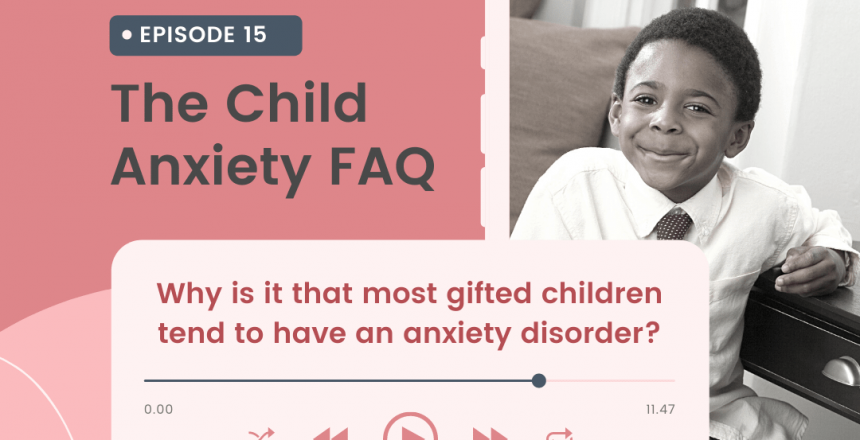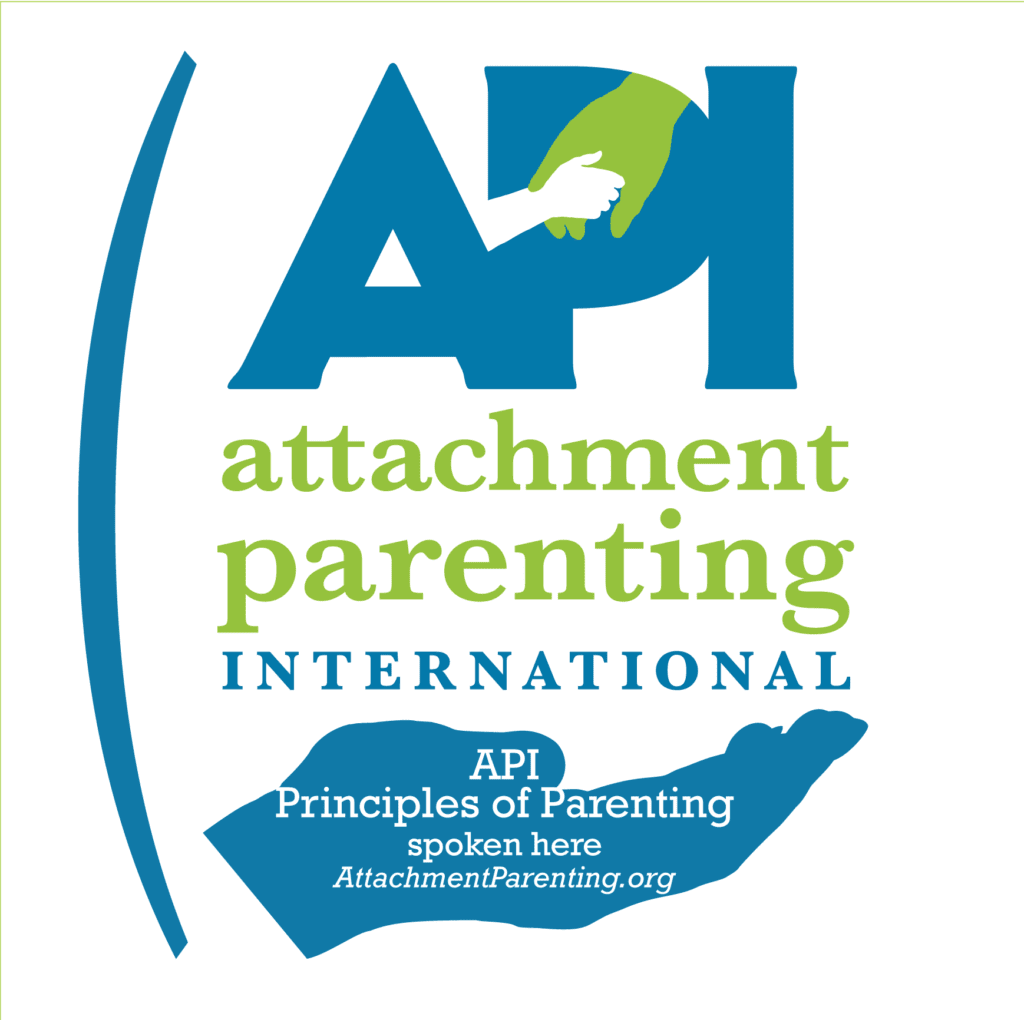Do you recommend any supplements for child anxiety?
The question that showed up in my inbox this week is “Do you recommend any supplements for child anxiety?” The author of the question goes on to say, “Also is there a relationship between vitamin D and anxiety? I have read too little and too much vitamin D can make anxiety worse?”
First off I cannot make any recommendations about supplements because that’s out of my scope. My masters is in clinical mental health and I do not have additional training in nutrition. That said, I can report what studies have said. And for this I’m relying on a lit review published in Nutrients, an academic journal, in March 2021. The title of this lit review and I’ll post it in the show notes as well, is The Influence of Vitamin D Intake and Status on Mental Health in Children: A Systematic Review
Their findings were that the studies, and I quote, “supported potential positive influence of vitamin D on mental health in children.” They go on to recommend, again, I quote, “Vitamin D intake within a properly balanced diet or as a supplementation, except for safe sun exposure, should be indicated as an element supporting mental health in children.”
I couldn’t find any research specifically about having too much vitamin d and child anxiety although a google search on the popular web Brough tup results. But nothing in the scientific literature. That doesn’t mean it’s not an issue so I’d say that your best bet is to talk to your cild’s healthcare provider to get a better understanding of how to know what’s right for your child.
My take on this overall is that good nutrition is good for our mental health but it’s not a cure all and more does not mean better. In other words, when we’re looking at our anxious child’s functioning, we can look at basic nutrition, sleep, physical exercise as part of the big picture. We know, for example, that anxiety gets worse without sleep and that physical exercise can alleviate some of its symptoms but as the study says, this is “an element supporting mental health.”
Our physical and mental functioning are tied together for sure but sometimes it’s a chicken and egg kind of thing. I work with a lot of families whose children have gastric issues like celiac or IBS or allergies and it can be difficult to tease out which came first. Did the gastric issues contribute to the anxiety? Because our gut is very tuned into our thinking. Lots of us call the stomach our second brain. If you have an upset tummy, you may interpret that as anxiety even though ti might be caused bye omethign you ate.
On the other hand, anxiety can cause upset tummies. It’s one of the most common symptoms of child anxiety.
This is why it’s so important to get a medical workup for your child when they are dealing with anxiety. And if there are gut issues or their headaches are because they need glasses, we need to address that.
So vitamin D might be part of the picture. And I’d say considering this study, it’s a good idea to talk to your child’s healthcare provider to get more information about how to test their levels and whether or not supplementation is necessary. I wouldn’t just start with supplements for child anxiety and assume all is well.
Now as I said, my masters is in clinical mental health counseling and so I work through that lens. That’s my bias, that’s what the research says. A two-pronged approach — taking good care of our bodies and also working on our minds — is in my opinion, our best bet.
What this means is even if there are physical issues present that need to be addressed we also need to work on our mental functioning.
Anxiety can become something of a habit. That’s not to say that it’s a habit like smoking or biting your nails, it’s more a habit of thinking and processing. If we have a child who has gut issues and they develop anxiety either due to those gut issues or due to something else that is exacerbated by the gut issues or whose gut issues are caused by anxiety and we take care of their belly we still need to take care of their anxiety and vice versa.
Even when their belly feels better, they have learned to expect the world to be anxiety producing. They’ve gotten so used to feeling uneasy in the world — of expecting that stomachache, of expecting the social anxiety that can come when you might have to run to the bathroom, of associating certain public spaces with nervous feelings — they will need to address that. That takes practice and it takes exposure.
The next question might be where to start first and I’d say wherever feels most available to you. If your child is due for a well child visit soon, it’s easy enough to talk to their provider then. If you’re going to have to wait a bit to get in there, you can start working on the education and coping piece. You can’t get it wrong as long as you’re moving forward and are open to finding answers where you find them.
There is no silver bullet for anxiety. Sometimes I’ll see folks on social media saying, “Do this one thing, get this one treatment, learn this one technique” and that’ll cure anxiety but that’s not been my experience and observation in working with hundreds of families. Anxiety is more complicated than that. There are things you can do to support growth and coping but there is an element of learning that is unavoidable.
Here’s a metaphor that might help explain this. Let’s say I have a penchant for bad boys. I’m basing this on my young adult self who had terrible taste in boyfriends. I thought the problem was I kept dating not great guys. But actually the problem was that I kept choosing to date not great guys. I mean, that’s not saying I deserved poor treatment — of course not — or that I was causing it. Again, absolutely not. But until I did the work I needed to do with a therapist, I kept dating rotten guys. I needed to learn more about healthy relationships, about setting boundaries. I needed to work on my self-concept.
That’s how anxiety is, too. I can have enough vitamin D in my body, I can be physically centered and calm, I can be exercising and that’s all wonderful and will definitely help but I still need to work on my thinking.
And sometimes working on my thinking, will help me access tools like getting a good night’s sleep and hitting the gym on the regular.
I love when parents are open to a multiprong approach so I’m very glad this person asked the question so that we could talk more about this and it gave me the chance to do the research, which I always appreciate.
A reminder that April 3rd we’ll be starting the spring cohort. If your’e listening to this after April 2023 please know that the Child Anxiety Support program is always open and I tag the recorded live events so that you can find the topics your’e most interested in and revisit them. But if it’s before April 2023 or during, I’d love for you to joint he site and come along as we go through he program together. If you have questions, please reach out to me. You get 14 days free to try it out so you have nothing to lose except the grip that anxiety has on your family.
Do you recommend any supplements for child anxiety? Read More »



